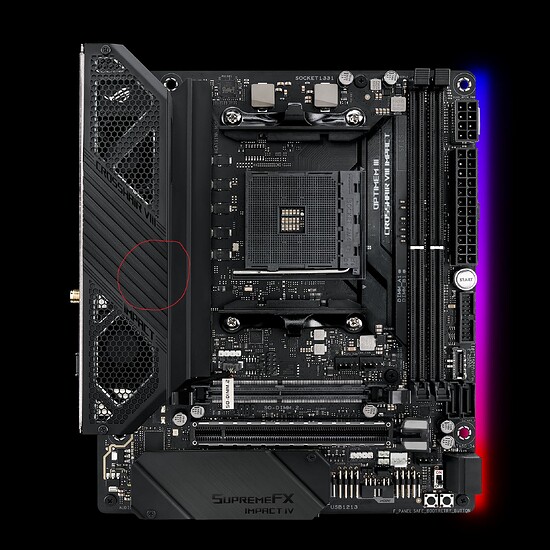Hello! I did something yesterday that I probably shouldn’t have done seeing the results I’m getting. I decided to work on my system and one of the steps I went back and forth on was updating the BIOS, both for safety and some improvements Asus was touting in the release page.
So I decided to do so. In preparation I reset the BIOS back to stock, unplugged everything but a basic keyboard, the USB drive needed, monitor and ethernet cable. The update went through just fine and the system rebooted. After it rebooted I started punching back in all the previous settings I was using. First the fans, no issues. Than the RAM, no issues. Than the undervolt, no issues. All of this apparently because after I was using the system for a while I remembered that I had to turn the USBs off when the system is off and AURA was incorrectly set for my preference. So I went into the BIOS, turned USB standby power off and rebooted.
After I did that all hell broke lose. The system was struggling HARD to post. It was turning on and off a bunch of times and didn’t post. After 5 minutes of tries it finally posted and the Windows repair screen appeared. I skipped it and got into Windows just fine. I tried an OCCT CPU stress test (medium dataset, AVX2) and the system is stable. So I decided to put the CPU voltage back to stock and now the system posts more reliably, but still needs one try from time to time, especially if it’s booting cold (power unplugged, system at room temperature).
In changing all the settings I noticed something that struck me as weird after the fact: when applying the DOCP profile the list of changes looked to be much much shorter than it used to. If I’m not mistaken the motherboard was changing some other voltages and notifying me of that (maybe SoC, maybe other ones, can’t recally exactly). With this new BIOS it didn’t. So I started wondering if that might be the issue as to why the system is struggling to boot with a CPU undervolt that’s stable in Windows and maybe even posts when the chip is physically hot.
What could be the issue? Have I done something to cause the issues? How would you go about making the system more stable?
Specs: Asus Crosshair VIII Impact, BIOS 4601, Ryzen 7 3700x, 2x16 G.Skill F4-3600C16D-32GTZNC (on the QVL, if that matters at all)
P.S. I pulled up ZenTimings and looks like all the settings that the DOCP profile previously applied were applied just the same. Even VSoC has been slighlty bumped to 1.09 somethings (it fluctuates).
P.S.2. I tried to wake my system from sleep but it doesn’t even stay on for enough time to reset the BIOS. This is getting weirder and weirder…
